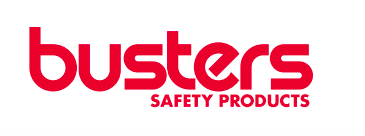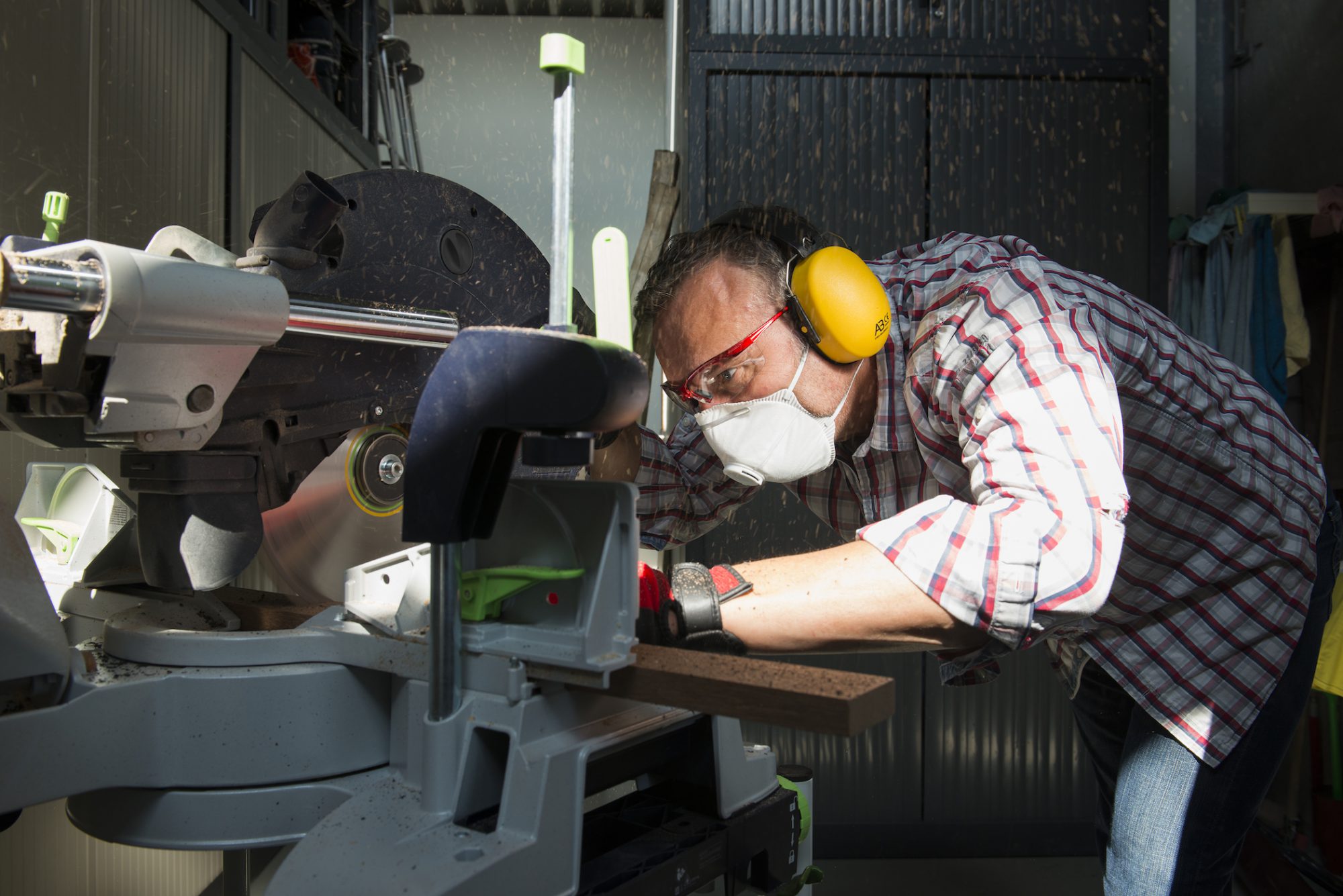What is the meaning of the EN 166 standard you see on a pair of safety glasses? Safety glasses must be approved according to the EN 166 standard and prevent eye irritation, eye infection or even complete blindness. The design and all materials used must meet strict requirements.
It isn’t always easy to figure out all the different pictograms, standards and quality marks. With the right help, you can find the necessary information on every package so you always make the best choice at the building supply store. Always follow the instructions in the manual for correct use.
Safety glasses that meet the EN 166 standard protect you against impact. The right safety glasses ensure that no splinters, spatter or other dangerous projectiles get into your eyes. An important condition is that the full pair of safety glasses meet the EN 166 standard. Only eye protection with lenses and the frame that meet the standard are EN 166 certified and may bear a CE mark. You will find the EN 166 standard on the glass and on the frame. By contrast, glasses made of one piece (without separate parts) are tested as a whole and therefore bear the EN 166 mark once.
Lenses of safety glasses
Lenses that are mounted in safety glasses must meet the conditions of the EN 166 standard:
- They are made of mineral (glass) or polymer.
- The optical zone for every eye must be at least 32 mm horizontally and 25 mm vertically
- Mechanically strong. Withstand fall test with a 43 gram steel ball 22 mm in diameter falling from 130 cm with a speed of 5.1 m/s. This test is done at -5°C and 55°C.
- Minimum 75% light transmittance
- After UV irradiation the material properties may not have changed
- The glasses may not be flammable. The glass may not burn or glow when a 650°C glowing bar is pressed against the glass until it has cooled to 300°C
Frame
A frame must meet the conditions of the EN 166 standard:
- Corrosion resistant, may not rust
- Parts that touch the skin may not be allergenic or irritating
- Must be easy to disinfect
- Mechanically strong. Withstand fall test with a 43 gram steel ball 22 mm in diameter falling from 130 cm with a speed of 5.1 m/s. This test is done at -5°C and 55°C if fixed lenses are mounted in the frame.
- The frame may not be flammable. It may not burn or glow when a 650°C glowing bar is pressed on the glass until it has cooled to 300°C
- An optician must be able to adapt the glasses
EN 170 Standard
Safety glasses with the EN 170 have lenses with an ultraviolet filter (UV-filter).
This makes them suitable for use outdoors. Note, they do not protect against bright sunlight like sunglasses.
Summary
Only glasses that meet the EN 166 standard qualify as safety glasses. If the safety glasses are also EN 170 certified, they also protect against UV radiation.
Always protect yourself as well as possible. Choose the appropriate personal protective equipment for a specific task. This way you will not only work safely, but also better and more comfortably.
- Note that both the lenses and the frame are EN 166 certified
- When you work outdoors, safety glasses with EN 170 certification are recommended
- Take the possible risks into account and use maximum protection
- Always work comfortably and safely
- Tip: Don’t forget any other personal protective equipment
- Tip: Find the product you need in your nearest building supply store or garden centre.

